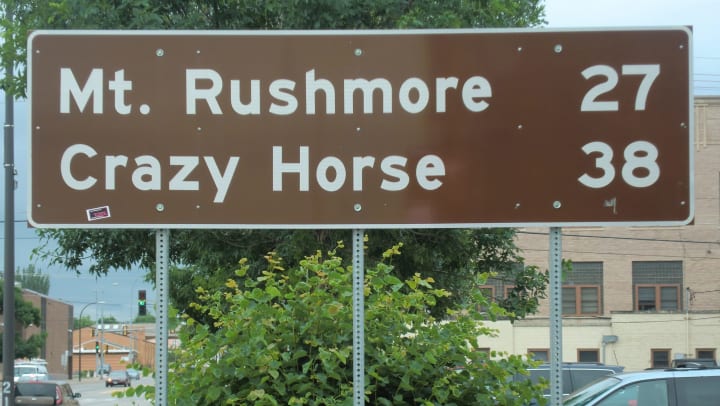In 1948, seven years after completion of Mount Rushmore, construction began on what will become the largest man-made sculpture in history, the Crazy Horse Memorial. Nearly 73 years later, the massive undertaking goes on, but with much of the sculpture completed, it’s truly a sight to behold. And here’s why you should visit.
The History
To learn about Crazy Horse is to learn about one of the last great chiefs of the Sioux Nation. If you don’t know Crazy Horse, you probably know the battle he’s most famous for – the Battle of Little Bighorn, also known as Custer's Last Stand. George Custer, a famous colonel and veteran of the Civil War, came upon a village of Sioux Indians and figured it would be an easy win. He underestimated his enemy and seriously underestimated Crazy Horse. What happened next is said to be the U.S. Army’s most embarrassing and one-sided defeat by a Native force in history. Before the battle, Crazy Horse was already known to be a great warrior. After Custer’s death and defeat, Crazy Horse became a legend to his people, and even earned the respect of his enemies – a respect that has lasted to this very day.
The Purpose
When you visit the memorial, you’ll also be visiting a campus that consists of a visitors center, The Indian Museum of North America, a dining hall, and The Native American Educational and Cultural Center, whose purpose is to educate people on and preserve Native American culture, art and history.
The Area
The Crazy Horse Memorial is located in the Black Hills Region of South Dakota – one of the most majestic places in the country known for its natural beauty and masterpieces of nature. Along with the Crazy Horse Memorial, other sites in the region include Mount Rushmore, Custer State Park, Devils Tower, and Wind Cave National Park, to name a few.
For more ideas on places to go and things to do, be sure to check out the Olympus Las Colinas blog.


